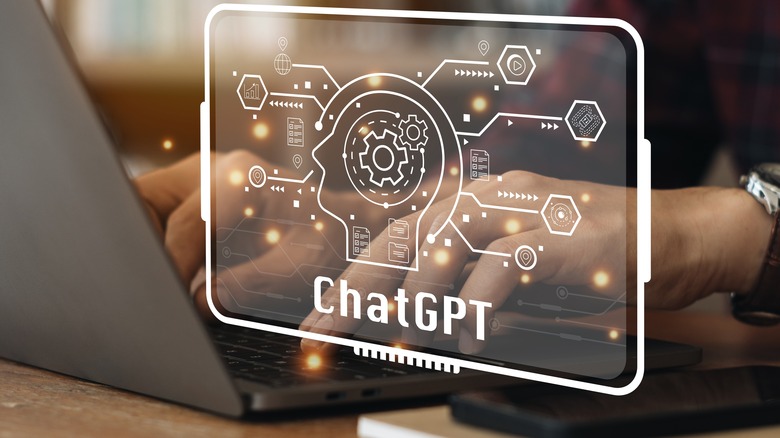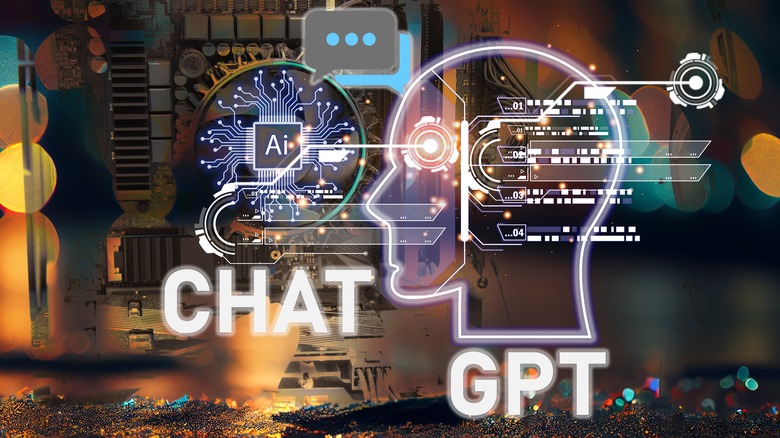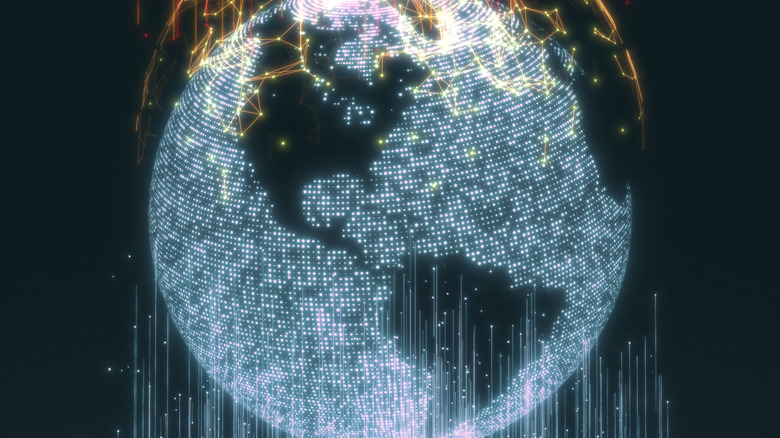You Can Use ChatGPT As A Language Translator (But Here's Why You Might Not Want To)
One of the major goals of a chatbot like ChatGPT or Snapchat's My AI, of course, is to replicate the words of a human being as closely as possible. To help ChatGPT grapple with the many, many words and images fed into it (both during training and by users), it needs to be able to interpret other languages too. This, literally, is what it attempts to do, though its comprehension is somewhat limited.
Millions of us will, typically, copy and paste into Google Translate for our translation needs. In April 2016, on the 10th anniversary of the service, Google reported that over 100 billion words were translated by the service every day. As remarkable as this is, the service certainly isn't infallible. Issues such as "literal interpretation" of the text presented can rather distort the end result, meaning that certain things can be literally lost in translation, like idioms and colloquialisms. ChatGPT, it seems, runs afoul of similar issues.
Here's how ChatGPT is able to translate languages, and how its efforts can go awry.
How does ChatGPT language translation work?
Google Translate is designed with convenient boxes in which to place text in question, select the language you'd like it to be translated into, and then produce the translated result. ChatGPT lacks this, but the chatbot can still work as a translation tool — quite a sophisticated one, potentially. By virtue of its text boxes, users can explain that they want the text to be translated from a particular perspective or within a specific context.
Make Use Of notes, for instance, that adding "Translate [text to translate] to English from the perspective of someone discussing the COVID-19 pandemic" provides the tool with important information to tailor the end result. Rather than attempting a literal translation, it will know what specific words, depending on the language being translated, should be used, helping with the accuracy of the translation.
By explaining these things to ChatGPT, users can, theoretically, avoid tricky elements of language such as the feminine and masculine forms of French words. There's a lot to consider, however, and ChatGPT translation may not be the right option.
Potential pitfalls of ChatGPT language translation
It's certainly true that, when attempting to translate text, ChatGPT offers users a wide range of options that would not be possible elsewhere. It has the potential to offer nigh-perfect translations by taking into account the meaning of words in both the original language and the one the text is translated into, but only when such context is provided "around" the text in question by the user. Prompts, then, can be critical to success.
As users of generative AI (images and text) will know very well, subtle changes in the phrasing of a prompt can have a dramatic effect on the outcome. If you don't ask ChatGPT the right question, as ever, you won't get the right answer.
Even if you do, the chatbot is still learning itself. In February 2023, MIT Technology Review noted that AI like ChatGPT struggles with the notion of fact and fiction, and so the information it provides, as authoritative as it seems, may not be so. More sophisticated models like GPT-4 may be able to cut down on these mistakes, but in cases where accuracy is paramount, taking either a "fact" or a translation at face value isn't worth the risk.
ChatGPT can be a powerful language translation tool, but in some cases, it may be more prudent to stick with the one-and-done likes of Google Translate for the job. It's simple, convenient and easy to use (and highly recommended on Android devices).


